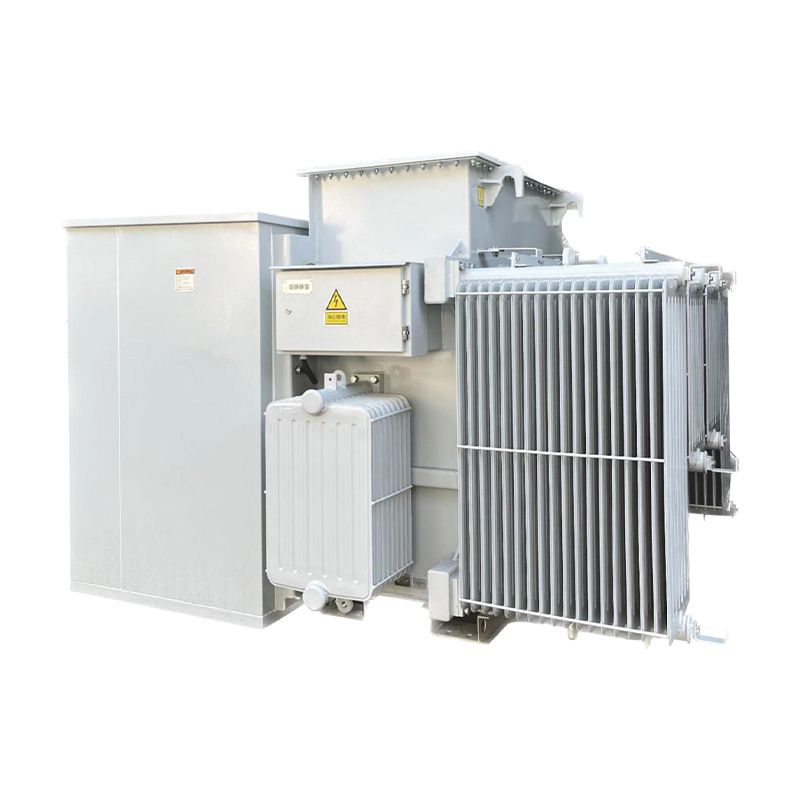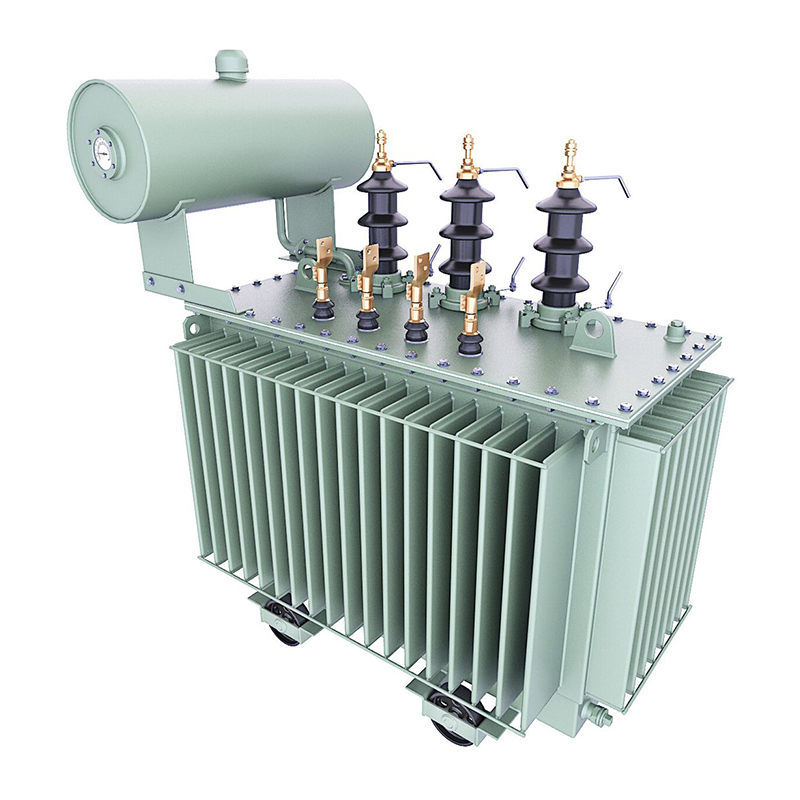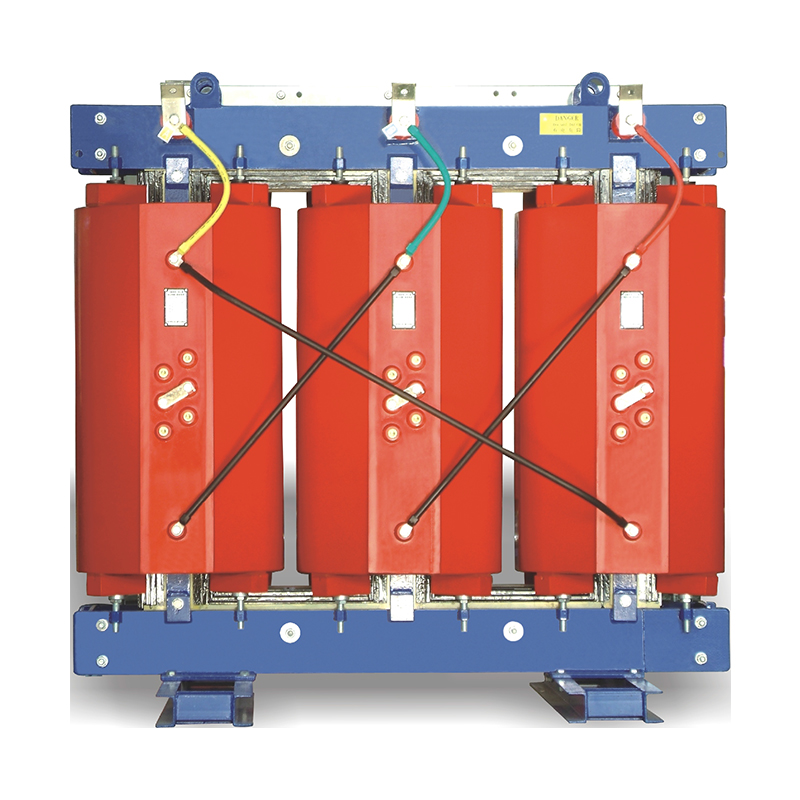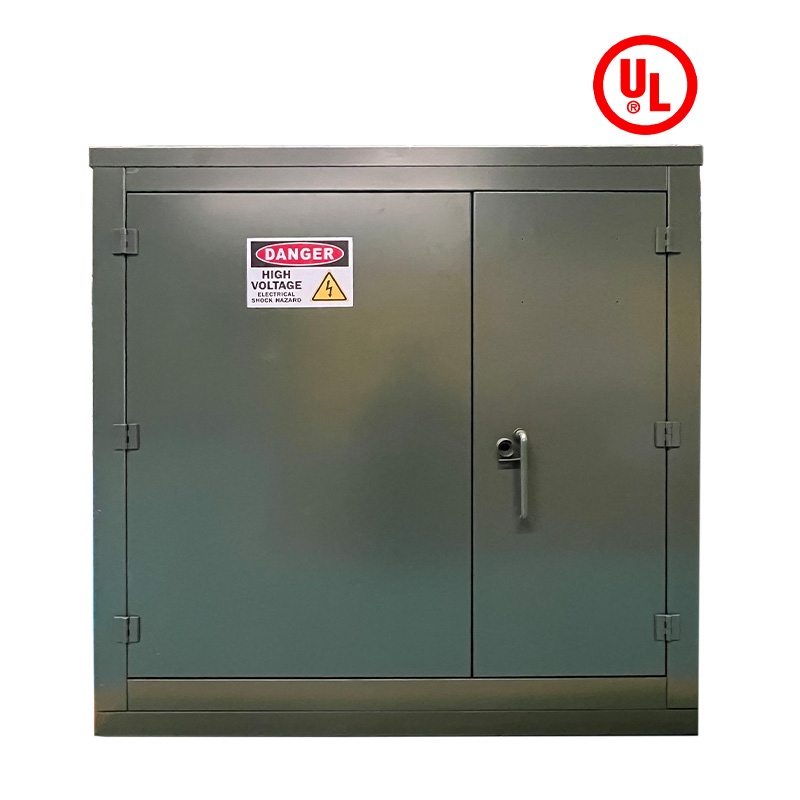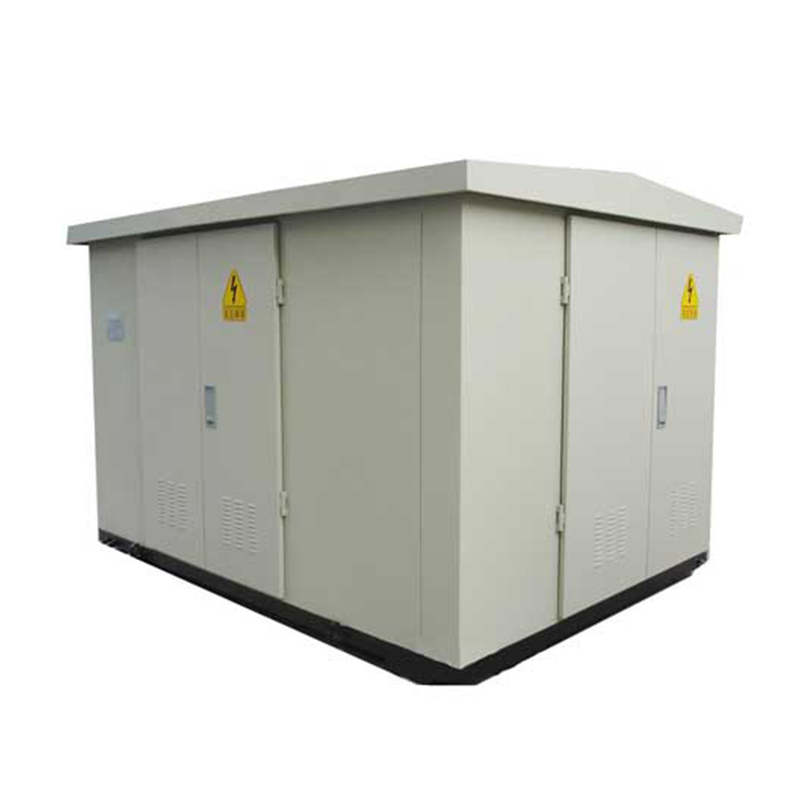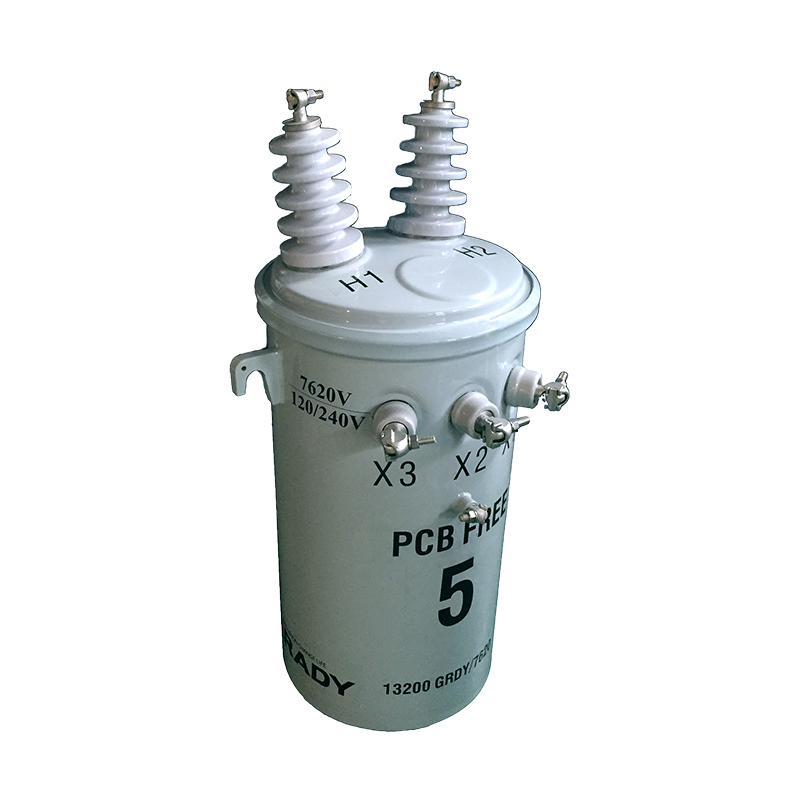Analysis of no-load and load losses of power transformers
Analysis of no-load and load losses of power transformers
1、 No load loss
1. Definition: No load loss refers to the power consumed by a transformer when it can be connected to a power source without a load, but is not connected to a load. This value is usually expressed in watts (W).
2. Composition: The no-load losses mainly include iron losses and leakage losses. Among them, iron loss accounts for the vast majority, while leakage loss is the energy loss generated by the leakage magnetic current in electromagnetic induction.
(1) Iron loss: Iron loss is divided into hysteresis loss and eddy current loss. Hysteresis loss is the energy loss caused by the magnetization and demagnetization of the ferromagnetic material in the transformer core under the action of an alternating magnetic field. Eddy current loss is caused by the magnetic flux in the transformer core passing through the insulation layer to form a circuit, generating local eddy currents and leading to energy dissipation.
(2) Leakage: Leakage includes two parts: leakage magnetic induction and leakage magnetic current. Leakage magnetic induction refers to the magnetic induction intensity generated by the leakage magnetic flux passing through the insulation material and air in a transformer, while leakage magnetic current is caused by the induced electromotive force generated by the leakage magnetic flux, which leads to additional energy loss.
3. Influencing factors: The magnitude of no-load losses is closely related to voltage and frequency, and has a smaller impact on whether the transformer is operating with a load. Therefore, the lower the no-load loss of transformers of the same model, the more advanced the iron core material and technology.
4. Reduction method: In order to reduce no-load losses, the following measures can be taken:
(1) Using high-quality iron core materials such as amorphous alloys to improve magnetic permeability and reduce hysteresis and eddy current losses.
(2) Optimize the design of the iron core structure, such as increasing the number of iron core turns, to reduce magnetic density and no-load losses.
(3) Improve manufacturing processes, enhance the machining accuracy and assembly quality of iron cores, and reduce additional losses.
2、 Load loss
1. Definition: Load loss refers to the active power consumed when the secondary winding of a transformer is short circuited (steady-state) and the rated current flows through the primary winding.
2. Composition: Load losses mainly include copper losses in transformer windings. This is because when current flows through the transformer coil, the resistance of the coil itself causes some power loss in the coil resistance, which is called "line loss".
3. Influencing factors: Load loss is closely related to load current, and the larger the load current, the greater the corresponding load loss. Therefore, as the load increases, the line loss will also increase accordingly.
4. Reduction method: In order to reduce load loss, the following measures can be taken:
(1) Using materials such as oxygen free copper with high conductivity to make windings, improving conductivity and reducing line loss.
(2) Increase the copper cross-section of the winding, reduce resistance, and thus lower load losses.
(3) Optimize the design and manufacturing process of transformers to reduce the impact of temperature rise parameter differences on load losses.
In summary, both no-load and load losses of power transformers are important factors affecting transformer efficiency. By delving into the mechanisms and influencing factors of these losses and taking corresponding measures to reduce them, the efficiency and energy-saving performance of transformers can be effectively improved.
Relatenews
- Energy-Saving Renovation Technologies for High-Loss Power Transformers: Core and Winding Replacement 2025-07-19 08:43:00
- Power Transformer Preventive Testing: Projects and Periodic Standards 2025-07-19 08:42:00
- Configuration and Setting of Overexcitation Protection in Power Transformers 2025-07-19 08:41:00
- Construction and practical application of reliability evaluation index system for power transformers 2025-07-14 02:51:53
- Installation and commissioning process of power transformers 2025-07-10 02:51:52
- Research on the Aging Mechanism of Oil Paper Insulation in Power Transformers 2025-07-07 02:51:53
- Analysis and Optimization Suggestions for the Economic Operation Mode of Power Transformers 2025-07-03 02:51:59
- Analysis of no-load and load losses of power transformers 2025-06-30 02:51:53





